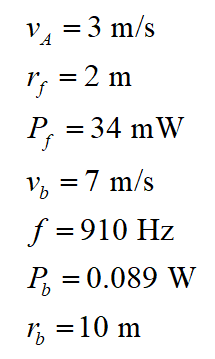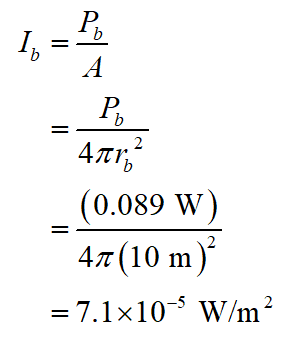Properties of sound
A sound wave is a mechanical wave (or mechanical vibration) that transit through media such as gas (air), liquid (water), and solid (wood).
Quality Of Sound
A sound or a sound wave is defined as the energy produced due to the vibrations of particles in a medium. When any medium produces a disturbance or vibrations, it causes a movement in the air particles which produces sound waves. Molecules in the air vibrate about a certain average position and create compressions and rarefactions. This is called pitch which is defined as the frequency of sound. The frequency is defined as the number of oscillations in pressure per second.
Categories of Sound Wave
People perceive sound in different ways, like a medico student takes sound as vibration produced by objects reaching the human eardrum. A physicist perceives sound as vibration produced by an object, which produces disturbances in nearby air molecules that travel further. Both of them describe it as vibration generated by an object, the difference is one talks about how it is received and other deals with how it travels and propagates across various mediums.
A = 9.7 Hz
B = 2.83 x 10^-4 W/m^2
C = 2.71 W/m^2
Find D
D = ?

Given information:

Here, vA is the Adriana’s walking speed, rf is the distance between the Adriana and her friend, Pf is the power of the sound emitted by Adriana’s friend, vb is the speed of the bicyclist, f is the frequency emitted by the bicycle’s ring, Pb is the power output of the ring and rb is the distance between the bicyclist and the Adriana at some particular moment.
Write the formula of the intensity (Ib) and plug the knowns to determine the intensity that Adriana hears due to the bicycle ring.

Step by step
Solved in 4 steps with 5 images









